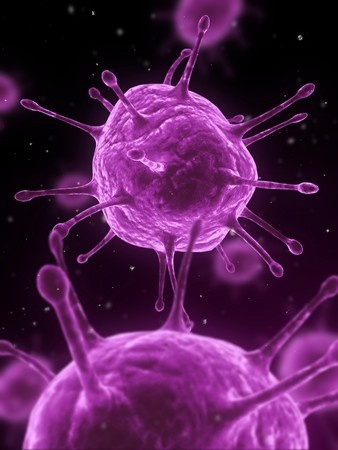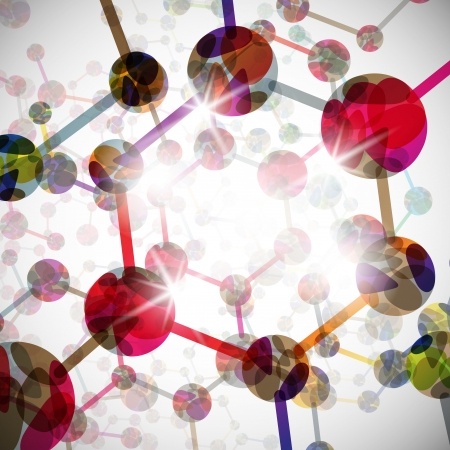Being eaten alive, gluten intolerance myth, why wet dogs smell and super spidy silk. This eclectic collection of current science news stories is brought to you by STAOBlog.
SciNews is published every Monday and Thursday. Stay tuned for more.
 Biology
Biology
Canadian professor says wheat protein unchanged for 100 years, not cause of gluten intolerance. Globe and Mail
A University of Saskatchewan professor says he’s debunked claims that modern varieties of wheat are causing gluten intolerance because of how their protein content has been manipulated.
“The science doesn’t support what people have been saying,” said Ravi Chibbar, whose paper was published Thursday in the journal Cereal Chemistry. Read more…
Why Your Immune System Doesn’t Eat You Alive. Scientific American
For a long time researchers figured the body had a tidy way of dealing with immune cells that might trigger diabetes, lupus or other autoimmune diseases—it must kill off these rogue cells early in life, before the immune system matures. New research published on May 19 in Immunity challenges this age-old thinking. Instead, the body seems to keep these so-called self-reactive T cells in benign form to fight potential invaders later. Read more…
One in 10 people with tattoos experience rashes, scarring or other problems. Science News
Tattoos may have people seeing red. Up to 6 percent of inked adults develop a long-lasting rash, researchers report online May 27 in Contact Dermatitis. In some cases, itchy, scaly, puffy skin at the tattoo site lingered for years. Read more…
Chemistry

Why Wet Dogs Smell So Bad. About Chemistry
Dogs have a lot of admirable qualities. Their odor when wet is not one of them. Oh, it’s not the dog’s fault and it’s (usually) not the owner’s fault. It’s just how dogs are. Yet, have you ever wondered how a creature with a sense of smell 10,000 to 100,000 times better than yours can stand to be around itself when wet or why it smells so awful? Here’s the science behind the stink and some steps you can take to knock it down a notch. Read more…
Spinning a new version of spider silk. Science Daily
After years of research decoding the complex structure and production of spider silk, researchers have now succeeded in producing samples of this exceptionally strong and resilient material in the laboratory. The new development could lead to a variety of biomedical materials — from sutures to scaffolding for organ replacements — made from synthesized silk with properties specifically tuned for their intended uses. Read more…
Physics
Genes, isotopes and oil spills top list for research funding boost. Globe and Mail
The federal government’s primary vehicle for enabling big science has just made a $333-million delivery. On Friday, officials with the Canada Foundation for Innovation (CFI) named its first new recipients of research infrastructure funding since 2012. The list includes dozens of science projects across the country and offers a broad snapshot of Canada’s research strengths and aspirations. Read more…
Earth and Space Science
Giant Black Holes May Be on a Collision Course. Scientific American
Most galaxies have a supermassive black hole lurking at their centers, but a galaxy 10.5 billion light-years away looks like it might have two—and the pair may be set to crash together in just 21 years. If the observations are confirmed, the duo would be the closest known set of binary black holes, and their imminent collision would offer scientists an unprecedented chance to watch extreme physics in action. [Video: When Black Holes Collide] Read more…
Below-normal Atlantic Hurricane Season is likely this year. Science Daily
For the hurricane season, which officially runs from June 1 — November 30, NOAA is predicting a 70 percent likelihood of 6 to 11 named storms (winds of 39 mph or higher), of which 3 to 6 could become hurricanes (winds of 74 mph or higher), including zero to 2 major hurricanes (Category 3, 4 or 5; winds of 111 mph or higher). Read more…



